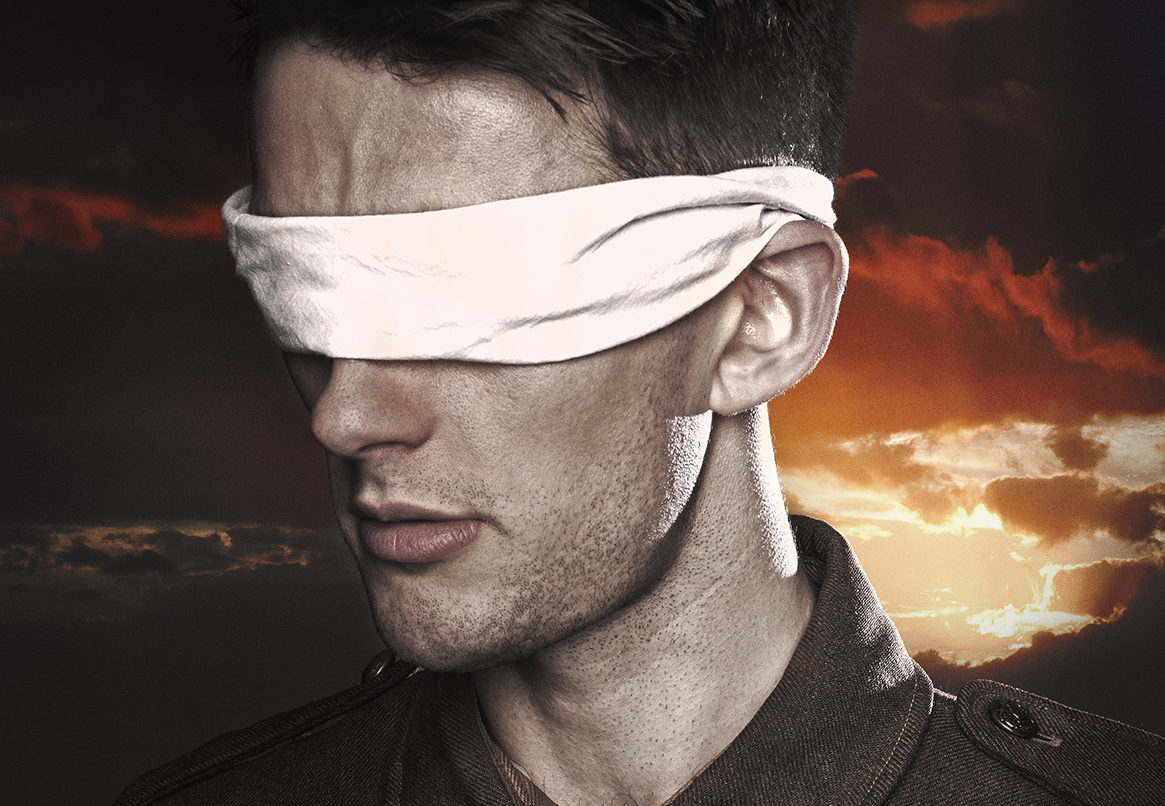
IN just four short days, the war would have been over.
But when Private Louis Harris deserted, there was no mercy shown and he would be the last of the 306 men executed for cowardice or desertion during the First World War.
That he failed to put up a defence at his trial suggests bigger issues at play – possibly post traumatic stress disorder, or shell shock as it was known at the time – but the 23-year-old was shot regardless, despite having previously been discharged on the grounds of being medically unfit, only to be conscripted later.
His story is told in Dusk, the final part of The 306 Trilogy – a groundbreaking series of plays from the National Theatre of Scotland that shines a light on these men and the devastating consequences it had on those they left behind.
“It was so close to the end, yet the Army felt the need to execute him,” said Oliver Emanuel, writer of The 306.
“He walked away from his post while they were moving forward, and he was caught and tried.
“Louis volunteered in 1916, he was from Leeds and he was Jewish. And that’s all we know about him.
“I visited his grave and walked the places he would have walked. I imagined his life and his experiences up until that point and used him as one of the characters in this final part of The 306.”
The idea for the trilogy came six years ago, when Oliver met composer Gareth Williams.
They chatted about the First World War and wondered how they would have dealt with being pushed to their limits on the battlefield.
“How would we have reacted? Would we have been brave?” continued Oliver.
“I began research and knew the plays had to be about the 306.
“The men were pardoned in 2006 and that’s a huge step forward from a time of execution and state-sanctioned killings.
“We have a greater understanding now of what warfare is to the human mind as well as the body
“Justice was also based on class. Officers such as Wilfred Owen were sent to places like Craiglockhart Hospital in Edinburgh for treatment whereas a working soldier was accused of cowardice.
“I see these plays as giving a voice to the voiceless. If their stories were known, I would have no need to write a play.”
Families left behind didn’t just lose a loved one, they could also become social pariahs.
“There was a sense of shame. Families moved or changed their names,” he said.
“There is a moment at the end of the play when we read out each of the names – it’s one of the only times they will be heard and it’s about adding them to the list of our fallen.”
The first part of The 306, Dawn, was staged in a barn with the opening show in the early hours to mimic what a condemned soldier would experience on his final night, while the second part, Day, was staged in a hotel and focused on the women left behind who were imprisoned for anti-war protests.
The 306: Dusk, a contemporary play, explores the depth of feeling around the First World War a century on.
“My daughter is two and I wonder what the First World War will mean to her ? I don’t know the answer to that,” Oliver, who lives in Glasgow, said. “I think it makes a difference if there is no-one around who was part of it or remembers it. Waterloo was 200 years ago, but we don’t think of it in the same terms because there is no connection.”
The 306: Dusk, Perth Theatre, Friday, until Oct 27.

Enjoy the convenience of having The Sunday Post delivered as a digital ePaper straight to your smartphone, tablet or computer.
Subscribe for only £5.49 a month and enjoy all the benefits of the printed paper as a digital replica.
Subscribe